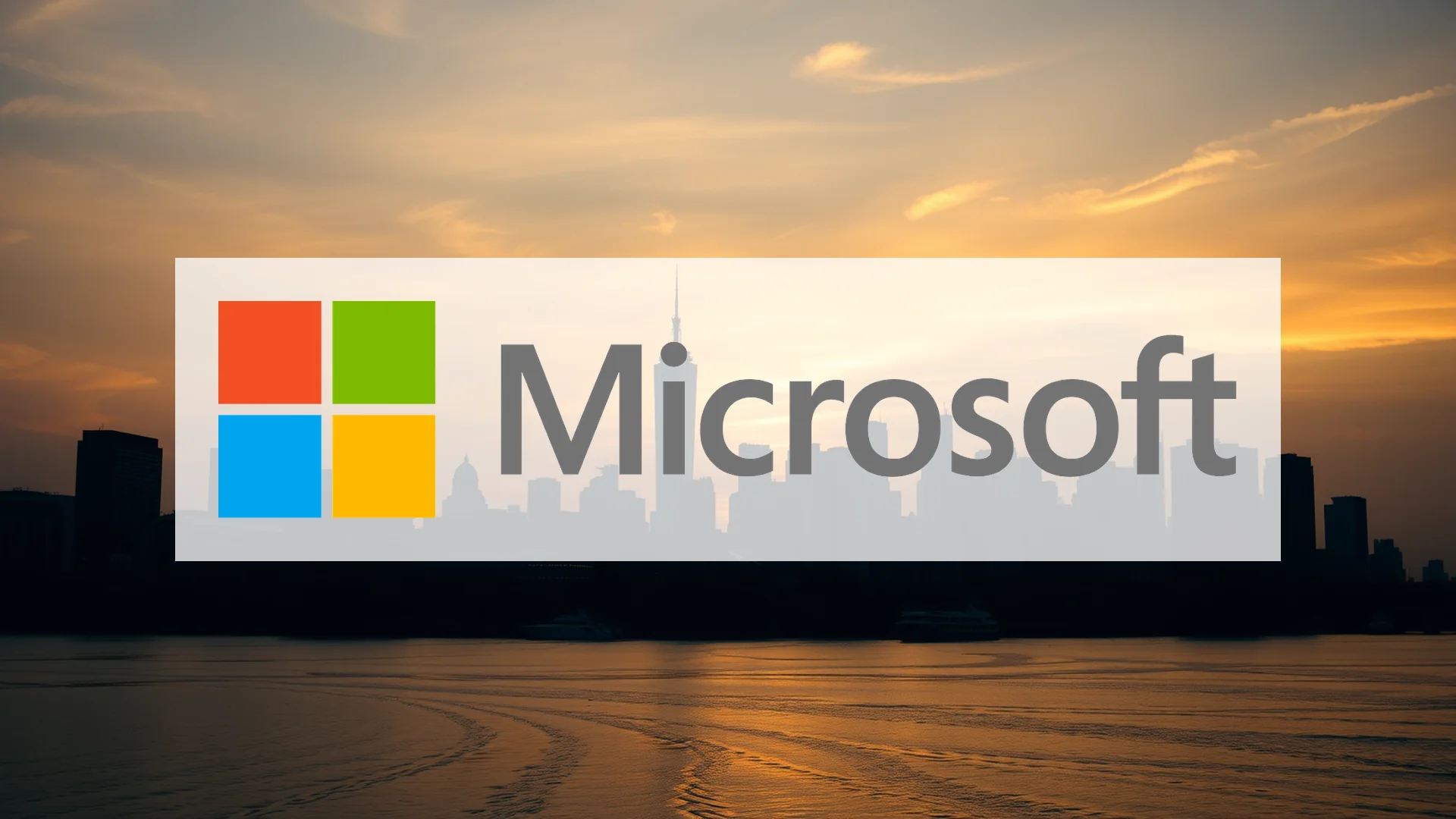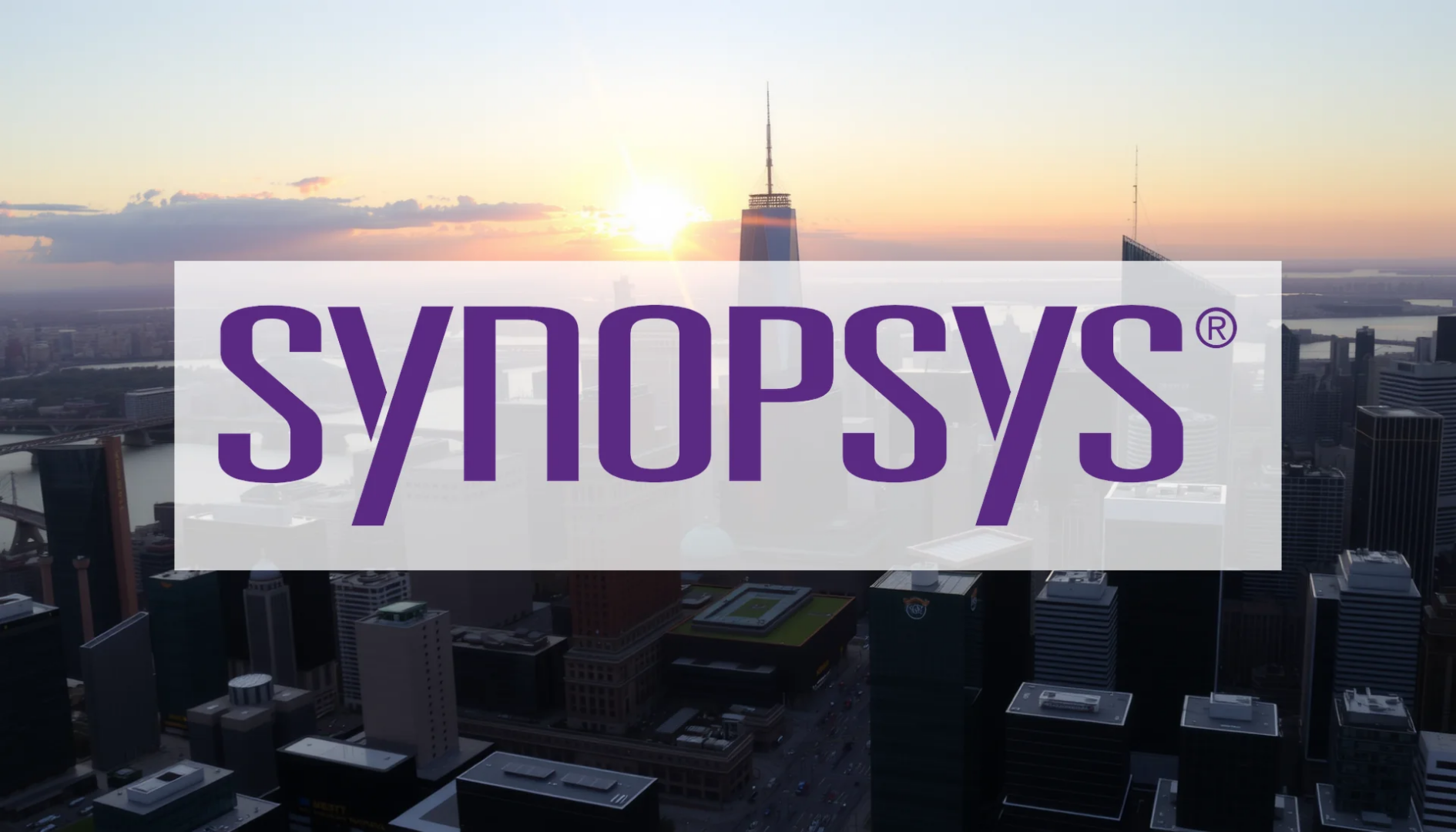The artificial intelligence revolution continues to propel Microsoft forward, with the technology giant posting impressive financial results that reflect its dominant market position. However, beneath the surface of these strong performances lies a significant adoption challenge that could influence the company’s future trajectory.
Financial Fortress and Cloud Dominance
Microsoft’s cloud computing division, Azure, delivered remarkable 40 percent growth during the first quarter of fiscal year 2026, now contributing 60 percent of the company’s total revenue. The segment’s operational margins reached a robust 49 percent, while free cash flow margins stood at a solid 33 percent.
Market experts at investment bank Baird have responded to these figures by assigning Microsoft an “Outperform” rating with a $600 price target. Analyst William Power points to the company’s strategic positioning within the AI ecosystem, particularly its partnership with OpenAI, as providing a substantial competitive advantage across both enterprise and consumer business segments.
The scale of commitment to Microsoft’s cloud infrastructure is staggering. OpenAI has committed to utilizing $250 billion in Azure services over multiple years, while another AI heavyweight, Anthropic, plans to invest $30 billion in Microsoft’s cloud platform.
The Copilot Conundrum
Despite Azure’s impressive performance, Microsoft faces headwinds with its flagship AI assistant, Copilot. Priced at $30 per user monthly, the tool has generated mixed reactions among enterprise clients, as revealed during discussions at this year’s Ignite conference.
Adam Mansfield of consulting firm UpperEdge reports observing significant resistance among some major accounts. “Many customers are saying they want to reduce their Copilot licenses from 300 to zero,” Mansfield noted, highlighting widespread doubts about the assistant’s value proposition.
Should investors sell immediately? Or is it worth buying Microsoft?
Microsoft counters these concerns by pointing to adoption statistics: over 90 percent of Fortune 500 companies currently use Microsoft 365 Copilot. Nevertheless, acceptance rates vary considerably across organizations. In a bid to attract price-sensitive smaller businesses, the company will introduce a more affordable “Copilot Business” version at $21 per month starting in December.
Competitive Pressures Intensify
The competitive landscape is evolving rapidly, with Google’s Gemini AI assistant making significant strides. One Microsoft partner reported that a client organization with 16,000 employees recently migrated to Google’s platform to more effectively leverage Gemini’s capabilities.
Microsoft is responding to this competitive threat by expanding its AI model offerings. Through Microsoft Foundry, customers can now access Anthropic’s Claude models alongside other options, providing greater choice and flexibility. The critical question remains whether this expanded selection will be sufficient to maintain Microsoft’s competitive edge.
Massive Investment in AI Infrastructure
Microsoft continues to place enormous bets on artificial intelligence, with capital expenditures projected to increase from $88 billion in 2025 to $143 billion in 2026. Despite these substantial investments, Baird estimates the company will generate $74 billion in free cash flow next year.
Analysts maintain that Microsoft shares represent a compelling long-term core holding, supported by sustained growth, scalable margins, and a comprehensive AI product portfolio. The fundamental question for investors centers on whether Microsoft can successfully execute its ambitious Copilot strategy or if the AI assistant will remain an expensive experiment with uncertain returns. The coming quarters will determine whether Microsoft’s AI investments yield substantial returns or represent costly exploration with limited payoff.
Ad
Microsoft Stock: Buy or Sell?! New Microsoft Analysis from November 23 delivers the answer:
The latest Microsoft figures speak for themselves: Urgent action needed for Microsoft investors. Is it worth buying or should you sell? Find out what to do now in the current free analysis from November 23.
Microsoft: Buy or sell? Read more here...










